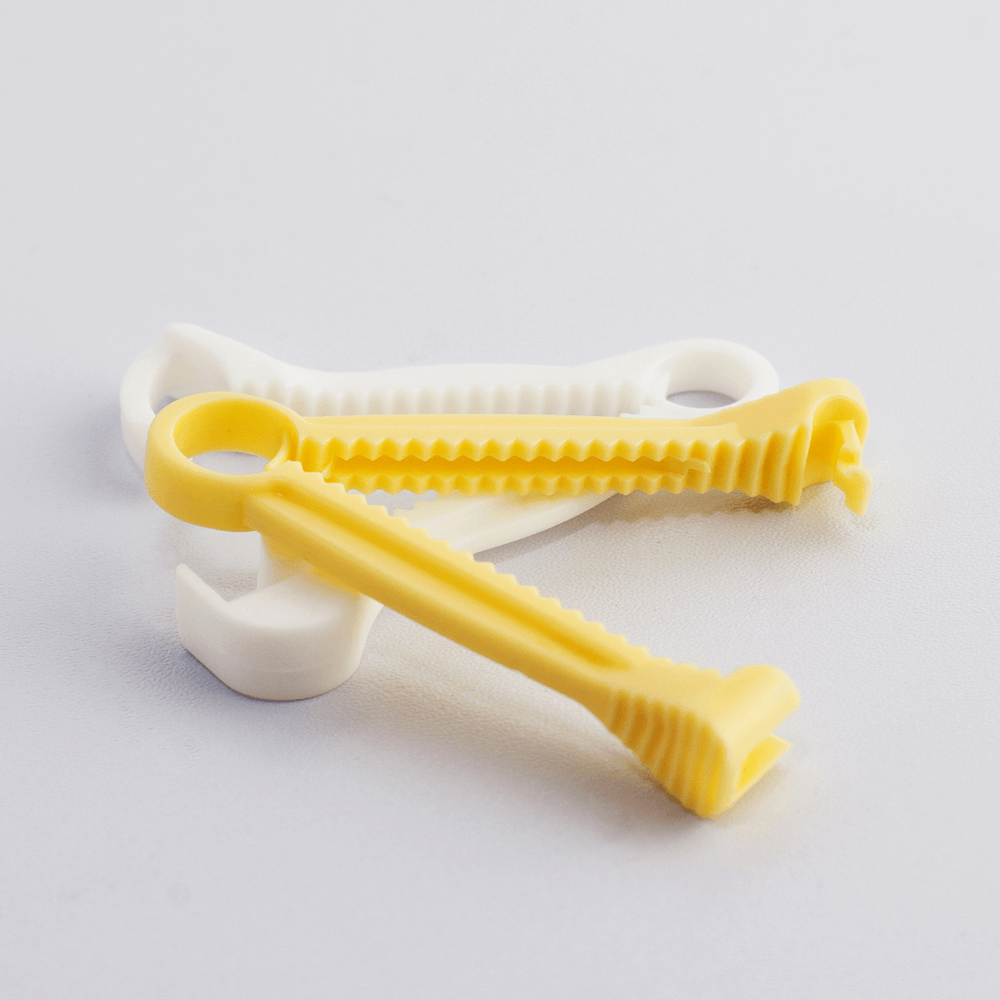When you’re pregnant, you may be considering what you can do with the placenta and umbilical cord of your baby after birth. You might have heard of delayed cord clamping or even optimal cord clamping as well as the possibility of keeping, donating and even storing your placenta. You may also be aware of the potential to store the leftover blood from your baby’s umbilical cord, rich in stem cells, which is known as cord blood banking.
Can these choices work together? Do you have to pick one or the other? Read on to learn more.
What is Umbilical Cord storage?
Delayed cord clamping (sometimes called deferred or optimal cord clamping) is when you leave the cord for a minute or more before cutting it. Once the umbilical cord is cut, the baby is then separated from its placenta.
It is normal to “wait for white” before cutting the cord, which is a sign that the blood in the umbilical cord has entered the baby and the transfer from their placenta has stopped. One benefit of this is that it allows more iron to enter the baby from the placenta, which is essential for their brain development.
There is no set length of time. We recommend talking to your doctor and midwife for some further information but the length of time you wait is 100% your choice.
The benefits of delayed cord clamping
For most babies, the World Health Organisation recommends delayed cord clamping. This is also the position of the National Institute for Health and Clinical Excellence (NICE) in the UK, which aims to put “science and evidence at the health of health and care decision making”, for example, in the National Health Services (NHS).
The benefits of delayed cord clamping are:
- Higher haemoglobin concentration (more oxygen in the blood)
- More iron in the blood, essential for infant brain development
- Better blood pressure
- More stem cells, which support growth and a developing immune system
Risks associated with delayed cord clamping
Whilst the benefits typically far outweigh the risks, it is worth being aware of the potential risks associated with delayed cord clamping so that you can make an informed decision.
It can increase the risk of jaundice, which is common and usually harmless. In most cases, jaundice will get better within 10 to 14 days after birth, and it improves without treatment.
The risk of jaundice is elevated due to increased bilirubin levels (a yellowish pigment formed when red blood cells break down) which can overwhelm the liver.
Babies’ bilirubin levels are closely monitored after birth and if it is considered too high, they can be treated with light to help the body break down excess bilirubin and remove it more easily.
Is delayed cord clamping compatible with cord blood banking?
Cord blood banking is the process of taking the blood that is left in the umbilical cord once the baby is born and the cord is cut. It is a non-invasive process that will not impact your birth plan or your ability to bond with baby after birth. Cord blood collection only takes the blood that would otherwise become medical waste.
Delayed cord clamping is completely compatible with cord blood collection and cord blood banking.
Due to the delay, there may be less blood to collect if you defer cord clamping. However, this does not mean you cannot store what is left over.
At this stage, we would recommend CellsPlus, which is unique to Cells4Life and powered by our patented TotiCyte technology. CellsPlus can recover up to 3x the amount of stem cells per cord blood collection when compared to other cord blood banking providers – so you can do more, with less.
Request a Welcome Pack
Find out more about cord blood banking by downloading a Welcome Pack now.
None of the information on this website pertains to medical advice. For medical advice and support with your healthcare please speak to your designated Healthcare provide









